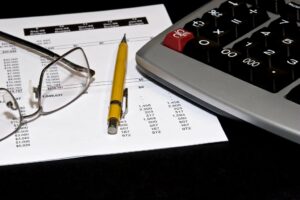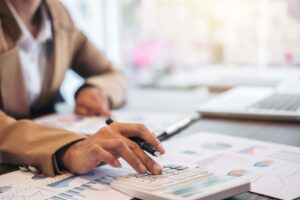IAS 16 Property, Plant and Equipment

This chapter introduces how organizations categorize and account for fixed assets. It also covers the various methods of depreciation, why each method is used, and the “rate of return” expected by an organization when they purchase an asset. You should be able to explain fair market value, acquisition costs, historical costs, and which costs are capitalized.
Common examples of plant assets
PP&E represents assets that are key to the functionality of a business. Investment analysts and accountants use PP&E to determine if a company is financially sound. Purchases often signal that management expects long-term profitability of its company.
How to account for disposal of property, plant, and equipment (PP&E) assets?
Also, real estate companies sell properties not classified as property, plants, and equipment but considered investment properties or real estate assets. In most cases, you’ll find that expensive, valuable assets tend to fall into the plant asset category, while shorter-term assets meant to be used in the normal course of business fall into the current asset category. Like any category of assets, it’s critical to evaluate plant assets on a company-by-company basis. From there, companies within an industry can often be easily compared.
Annual improvements — 2010-2012 cycle
For example, a business such as a retail appliance store may classify a delivery truck as a plant asset because the truck is used to deliver merchandise. A business such as a truck dealership would classify the same delivery truck as inventory because the truck is held for sale. Also, land https://www.bookstime.com/articles/what-is-another-name-for-a-bookkeeper held for speculation or not yet put into service is a long-term investment rather than a plant asset because the land is not being used by the business. However, standby equipment used only in peak or emergency periods is a plant asset because it is used in the operations of the business.
- For the past 52 years, Harold Averkamp (CPA, MBA) hasworked as an accounting supervisor, manager, consultant, university instructor, and innovator in teaching accounting online.
- Due to damage and weathering of the PP&E, Company X decided to buy another $2,000,000 in new equipment.
- Plant assets are a specific type of asset on a company’s balance sheet.
- Also included in this balance sheet classification is a subtraction of the accumulated depreciation that pertains to these assets.
- Therefore, the depreciation expense for all old and new equipment for this period is $130,000.

One of the CNC machines broke down and Tom purchases a new machine for $100,000. The bookkeeper would record the transaction by debiting the plant assets account for $100,000 and crediting the cash account for the same. Fixed assets include property, plant, and equipment because they are tangible, meaning they are physical; you can touch them. For example, an auto manufacturer’s production facility would be labeled a noncurrent asset. Noncurrent assets are reported on the balance sheet at the price a company paid for them.

PP&E is measured using historical cost, or the actual purchase cost. When purchasing a building for retail operations, the historical cost could include the purchase price, transaction fees, and any improvements made to the building to bring it to use. Property, plant, and equipment (PP&E) are long-term tangible assets vital to business operations. The overall value of a company’s PP&E can range from very low to extremely high compared to its total assets. Noncurrent assets are a company’s long-term investments, and cannot be converted to cash easily within a year.
What Are Plant Assets?
The increase in the value of the land on which the building is located has no effect on determining the depreciable amount of the building. Depreciation is an important concept because it helps companies accurately reflect the true economic value of their assets over time. It also affects financial analysis, taxes, and decision-making because it affects a company’s profitability, asset values, and tax liabilities. At the same time the movement on the cash floe statement will be an indicative for the investors to asset the company spendings on property plant an equipment and understand the company aims for the future. Cash flow from investing activities shows how a company is allocating cash for the long term.
Selling property, plant, and equipment to fund business operations may signal financial trouble. Companies can also borrow from their PP&E as a floating lien, meaning the equipment can be used as collateral for a loan. Determining the cost of constructing a new building is often more difficult. Usually this cost includes architect’s fees; building permits; payments to contractors; and the cost of digging the foundation.

Then, as the asset provides services through time, accountants record the asset’s depreciation and any subsequent expenditures related to the asset. We discuss the first three steps in this chapter and the disposal of an asset in Chapter 11. The last is equipment a plant asset section in this chapter explains how accountants use subsidiary ledgers to control assets. The capital expenditures (Capex) line item is often linked to the cash flow statement in financial models, so there will usually be a negative sign in front.